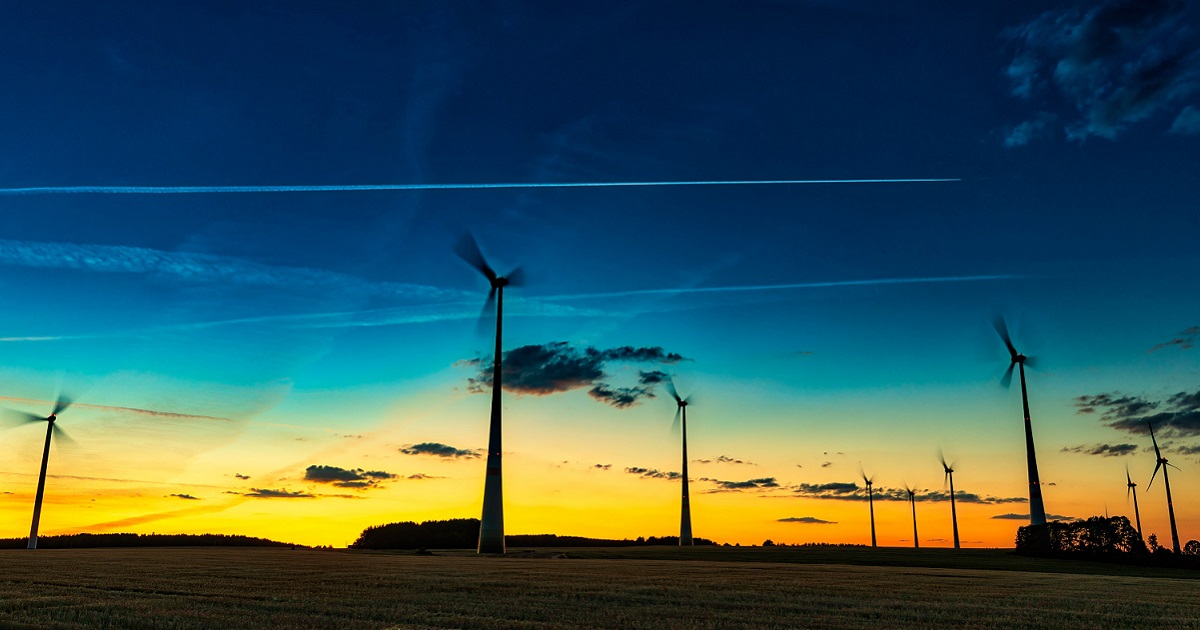Renewable Energy, To Date
Renewable energy ensures sustainability and economic longevity. Nisha K and Su Aziz look at which countries are leading the way, in terms of producing as well as consuming renewable energy, and how they are doing it. This article first appeared in In Focus issue 4 magazine.
There are many forms of renewable energy. Most of these renewable energies depend on, one way or another, sunlight. Alternative Energy, website that concerns itself with everything on renewable energy, explains that solar energy is the direct conversion of sunlight using panels or collectors while biomass energy is stored sunlight contained in plants.
Other renewable energies that don’t depend on sunlight are geothermal energy, which is a result of radioactive decay in the crust combined with the original heat of accreting the Earth, and tidal energy which is a conversion of gravitational energy. Wind and hydroelectric power are the direct result of different heating of the Earth’s surface which leads to air moving about, which is wind, and precipitation forming as the air is lifted.
If you think 100 per cent renewable energy will never happen, think again. Several countries have adopted an ambitious plan to obtain their power from renewable energy. These countries are not only accelerating installations but they are also integrating them into their existing infrastructure. A recent study by Stanford University researchers predicted that the world could be powered entirely by renewable energy in just 20 to 40 years from now. Given that we already have the technology, it’s not that hard to imagine.
To date, almost 50 countries including United Kingdom, Germany and Denmark, that would be adversely affected by climate change, have agreed to make their energy production 100 per cent renewable by the year 2050. Furthermore, countries all over the world are actively embracing solar, wind, and geothermal energy.
Iceland Leads the Way
Renew Economy, an Australian website focusing on clean energy news and analysis, reports that, besides being famous for its breathtaking scenery, its geysers and Blue Lagoon, Iceland is also well known for using its abundant renewable energy. Also, it’s especially known for tapping the volcanic roots of the island in developing its geothermal resources. Iceland today generates 100 per cent of its electricity with renewables: 75 per cent of that from large hydro, and 25 per cent from geothermal.
Media such as The Guardian have reported how Iceland provides 87 per cent of its demand for hot water and heat with geothermal energy, primarily through an extensive district heating system. Icelanders waited until the 1940’s before they started tapping their geothermal resources to provide space and water heating for the capital city Reykjavik. It’s estimated that exploiting geothermal energy for space heating alone saves Iceland USD100 million in imported fossil fuels.
In fact, all except 30 of Iceland’s 160 swimming pools use geothermal water and because of the heat of the water, the pools are open-air and open during their biting cold winter. Geothermal water is now often used to keep pavements heated in Iceland and in Reykjavik, it’s used to keep around 40,000 metres of roads snow free.
Within the next two to three decades, Iceland will be powered by renewable energy 100 per cent. This is because it plans to use geothermal electricity to split hydrogen from water, and then to use hydrogen fuel cells to power its vehicles and fishing trawlers.
High Use of Renewable Electricity in Sweden
The share of renewable energy used in Sweden keeps growing and this is in line with its goal to be the first country to be totally free of fossil fuel. Its official source for facts website, Sweden Sverige, reports that in 2012, the country had already reached the government’s 2020 target of 50 per cent in terms of renewable energy production. For the power sector, the target is 100 per cent renewable electricity production by 2040. Sweden has a rich supply of moving water and biomass, which contribute to the country’s high share of renewable energy.
Hydropower and bio energy are the top renewable sources in Sweden – hydropower is mostly for electricity production and bio energy is for heating. Few countries consume more energy per capita than Sweden, but Swedish carbon emissions are low compared with other countries. According to statistics from the International Energy Agency (IEA), the average American releases almost four times as much carbon dioxide (CO₂) per year into the atmosphere compared to the average Swede.
The reason for Sweden’s low emission rate is that about 80 per cent of electricity production in Sweden comes from nuclear and hydroelectric power. Sweden currently has three nuclear plants with eight nuclear reactors in commercial operation, but nuclear power also remains a topic that divides political parties in Sweden. What to take note is, about 11 per cent of their electricity comes from wind power. Also, combined heat and power plants account for nine per cent of the electricity output in Sweden, and these are mainly powered by bio fuels.
Costa Rica Turns the Ship Around
Costa Rica’s growing demand for oil, due to its rapidly growing transportation sector which depends on gasoline, increased its gasoline purchase by 11 per cent in 2016. According to Costa Rica’s State of the Region report, the country has approximately 287 cars per 1,000 people, surpassing the world average of around 150 cars per 1,000 people. However, it’s only two per cent of the number of cars are electric. In fact, navigation app Waze, ranked its capital city, San José, as one of the most congested cities in Latin America.
Then In 2017, Costa Rica turned the environmental ship around with their 271 days of fossil-fuel free electricity which made global headlines. Impressively, Costa Rica was able to produce 98 per cent of its electricity without oil. This is no mean feat and one that even countries with stronger economy find tough to accomplish. Costa Rica blends hydro, wind and geothermal to power the homes of its 4.9 million inhabitants and renewable energy is less than a quarter of the country’s total energy use.
What this means for Costa Rica is, recognition as one of the countries considered as leaders leading the path towards renewable energy that includes the Scandinavian countries, Iceland, Kenya, China and Germany.
Last Words
As long as the sun rises and the wind blows, renewable energy is possible and any country can tap into this reservoir of energy. Unlike fossil fuel, renewable energy stations won’t run dry because they aren’t only constant source of fuel but also enduring. The initial high price of constructing renewable energy stations is high but it will soon pay for itself, not unlike fossil fuel production when it was first started. The step ahead of today as compared to fossil fuel days, technology is so developed that it certainly helps ease the burden.
Other than the three countries featured, these are the other countries leading in terms of renewable energy production:
- United Kingdom: generates more electricity from wind farms than coal plants.
- Germany: solar panels work optimally in its cooler temperatures and has fulfilled about 85 per cent of its electricity needs with solar.
- China: it owns five of the world’s largest solar manufacturing plants and the largest manufacturer of wind turbine.
- America: it comes in second to China in terms of installed solar PV capacities and installed wind energy capacity.
- India: it has 17 gigawatts of solar and almost 33 gigawatts of wind. It’ll most likely surpass its 175-gigawatt goal by 2022.
- Brazil: 76 per cent of its electricity comes from renewable resources.
- Uruguay: 95 per cent of their energy supply is strictly renewables.
- Denmark: it’s investing primarily in wind power with short term goal to harness 50 per cent of their electricity from renewables by 2020.
- Nicaragua: it has a goal of being 90 per cent powered by renewables by 2020 and has invested in wind, solar and geothermal power.
- Morocco: it invests in solar and wind, and it aimed to power over one million homes with renewables in 2018.
- Kenya: it invested in geothermal energy which fulfilled more than half of their energy capacity in 2015. It has installed the continent’s largest wind farm that contributes 20 per cent to their energy production.
Main photo by Adam Śmigielski on Unsplash

